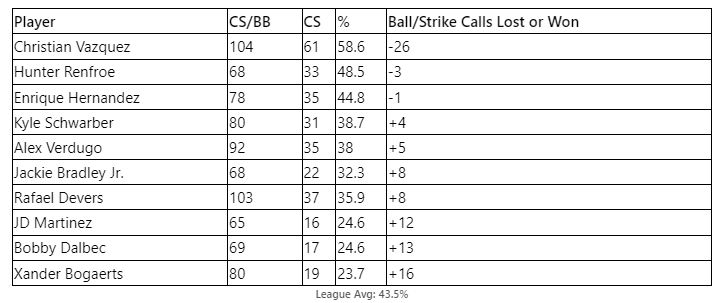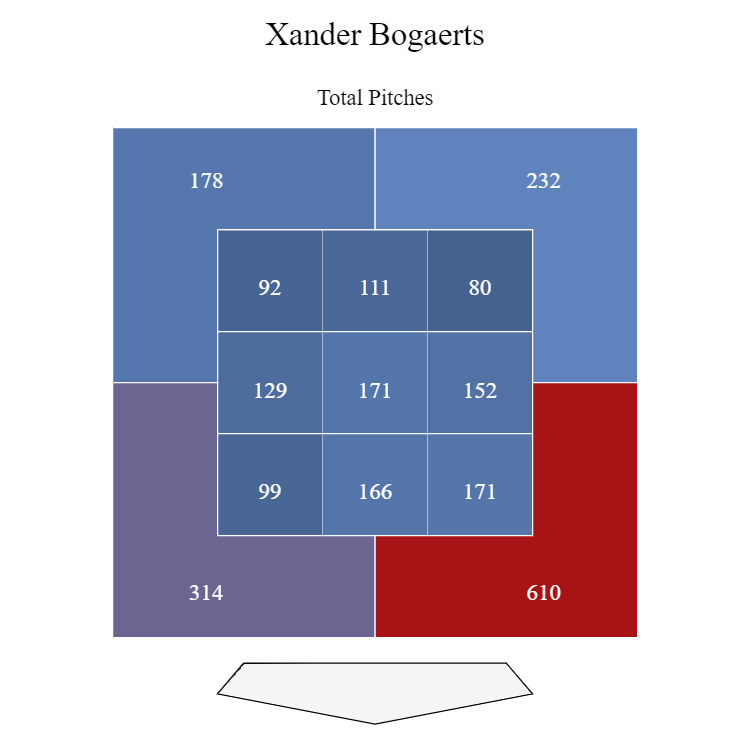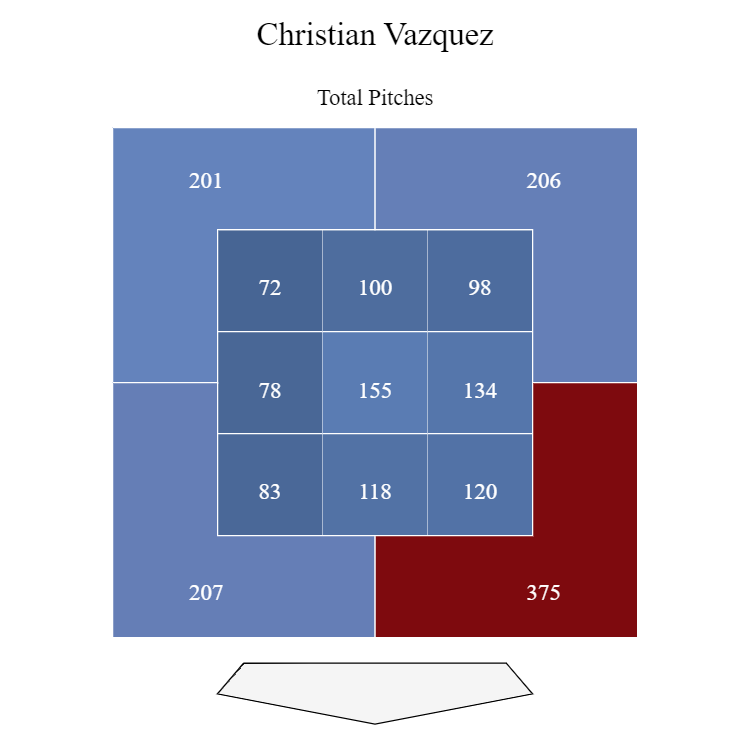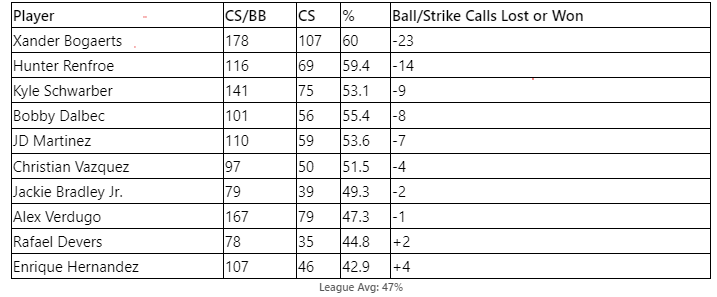
It’s not easy being a home plate ump. Throughout history, they’ve been public enemy number one all over the globe. They’ve been yelled at, had dirt kicked on them, bumped, had their intellect questioned many times, but yet remained a mainstay in baseball.
With that said, the era of humans calling balls and strikes may be coming to an end. According to reports, robot umpires will be used at home plate in at least one division in Triple-A ball during the 2022 season.
What is a Robo-Ump?
That is a great question. Before we dive into the experiment, let’s clear up what exactly this is. An automated strike zone or Automated Ball and Strike (ABS) is a system that aides home plate umpires and tells them whether to call a ball or strike based on the pitch’s location. The zone for ABS is a preset strike zone that begins at 28% of a hitter’s height and moves up to 56% (or the bottom of the knee to the top of the zone, just above the belt.
Here’s a bit more on how ABS works, and what it will look like:
[youtube https://www.youtube.com/watch?v=fQz0kYbmjDA?feature=oembed&w=640&h=360]
What If?
Now to the main event. Say in the future MLB does adopt ABS. What effect would it have on our beloved Boston Red Sox? Since we can’t tell who will be suiting up for the Red Sox when/if ABS makes its’ way to the show, we’ll experiment with players on the current roster to see who’s being cheated out of the most balls and strikes (heck, we’ll even throw Hunter Renfroe into the mix for good measure).
To do this we’ll focus on two specific areas of the plate, the top and bottom of the zones. To give you a visual, we are going to focus on zones 11-13 (top) and also zones 17-19 (bottom). We are going to then look at pitches called strikes, or called balls. These are pitches where umpires are forced to make a decision. After we get that combined number, we will look at just the number of called strikes to see how much any of these Red Sox players benefit, or don’t benefit from these borderline calls (compared to league average).

From the Bottom of the Map
Looking at this chart below we can see the impact on Xander Bogaerts. Over the course of the season, he has lost out on 23 ball/strike calls compared to the league average in the 17, 18, and 19 zones. Bogaerts has quite a lead over the rest of the team. While others like Hunter Renfroe were in the double digits, Bogaerts has the biggest claim over being screwed by the umpire’s decision-making. Here are some visual examples.
Bottom of the Zone
Top of the Charts
Well well, now we see the tables turning here a little. Now we see that Bogaerts is gaining the most on the team in regards to pitches up in the zone. We see here that although he gets dealt a raw hand from pitches down in the zone, he benefits almost as much as those borderline calls up. All in all, if you take the pitches lost down in the zone with the pitches that go his way up in the zone he has a much lower total of seven calls that didn’t favor him. So you win some, you lose some.
Besides Xander take a look at the leader in this particular chart. Christian Vazquez has a whopping 26 balls/strike calls lost during this last season. Why is Vazquez of all players getting so screwed when it comes to these calls? Why is Bogaerts gaining the most out of pitches in this zone?
Top of Zone

Here’s Bogaerts getting away with murder:
Here’s Vazquez trying to get away with murder:
The Plight of Height
The average MLB player is six feet even. Why is that important? Well, it could help us understand the variance of results between Bogaerts and Vazquez. See Bogaerts is six foot two (two inches above the average MLB player). So it could be that for taller players the umpires are prone to miss more calls down in the zone and give more up top. Shorter than average players like Vazquez (five foot nine) are the complete opposite. It’s no coincidence that the players who won the most ball/strike calls at the top of the zone are the Red Sox’ three tallest players (Bobby Dalbec, JD Martinez, and Bogaerts).
You can also see evidence of this through their pitch charts. It shows Bogaerts sees more of his pitches down in the zone while Vazquez’s pitch distribution is much more evenly spread. Robo umps may cause a usually patient hitter like Bogaerts to take a more aggressive approach on those borderline pitches, as they won’t be given the benefit of the doubt anymore (especially at the top of the zone).


Why Does This Matter?
Well, these calls matter because being ahead in a count makes players react differently than if they were behind in the count. Let’s take Bogaerts again. In 2021 when he was ahead or even in the count, he had a 199 wRC+. On the contrary, when he was behind in the count his wRC+ dipped all the way to 77. Pitchers are probably better off pitching Bogaerts lower in the zone, seeing they may get the benefit of the doubt. So maybe the players over and below the league average height might be cheering for the Robo-umps to make their way to the big leagues.
Main photo:
Embed from Getty Imageswindow.gie=window.gie||function(c){(gie.q=gie.q||[]).push(c)};gie(function(){gie.widgets.load({id:’o4GJTtS3SzVyIABZa7Af4w’,sig:’D4qvKtzT5QigHJOsDBDQMq0rSB5fabpnfHPmRdzqQGA=’,w:’594px’,h:’422px’,items:’1348716657′,caption: true ,tld:’com’,is360: false })});//embed-cdn.gettyimages.com/widgets.js
Players Mentioned:
Hunter Renfroe, Xander Bogaerts, Christian Vazquez, Bobby Dalbec, JD Martinez
The post Red Sox Players Most Affected by Robo-Umps appeared first on Last Word On Baseball.
